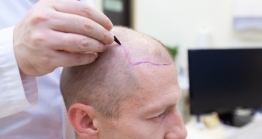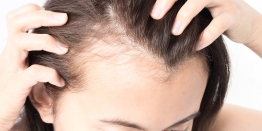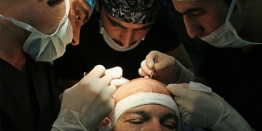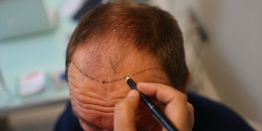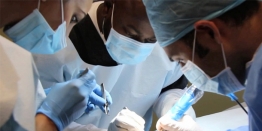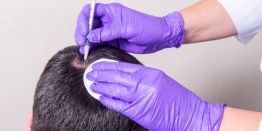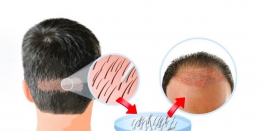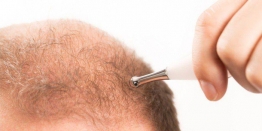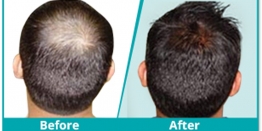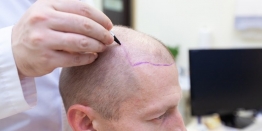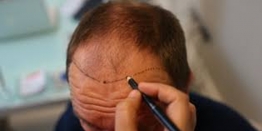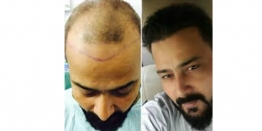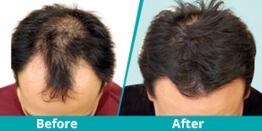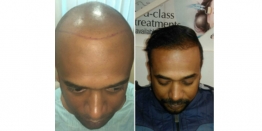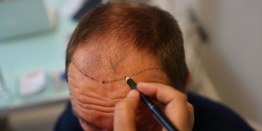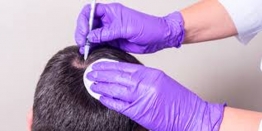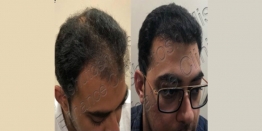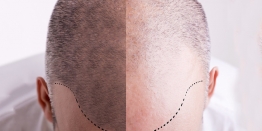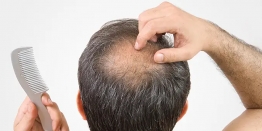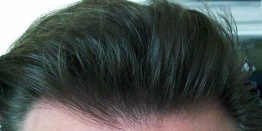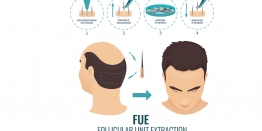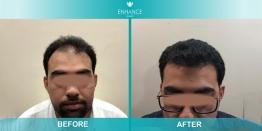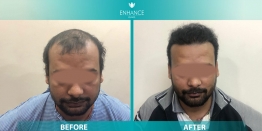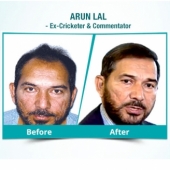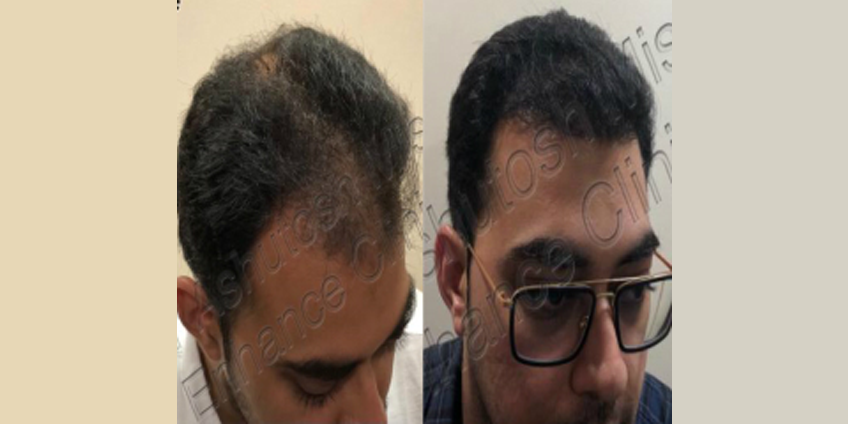
Hair Loss is a stressful experience, but a bad hair transplant can be disastrous. Hair Transplantation is a surgical procedure that requires a highly-qualified and experienced surgeon. Some patients, however, choose cheaper routes and end up with poor results. Fortunately, with advancements in hair restoration techniques, bad hair transplants can be repaired.
What is Failed Hair Transplant Repair?
A Failed Hair Transplant Repair, a.k.a. Corrective Hair Transplant Surgery, is a procedure performed in order to repair bad or botched-up hair transplants.
Improperly executed Hair Transplants are usually caused by outdated techniques and poor surgeon skills, resulting in problems such as large graft plugs, hairlines that are too broad, or forward, or ridged, scarring, unnatural results, graft wastage, etc. With Failed Hair Transplant Repair procedures, the results can be fixed to ensure more natural-looking hair.
An in-depth examination is required to identify the issues with your failed transplant and prepare the best strategy to solve it.
Hair Transplant Repair Strategies:
1) Camouflage:
Camouflaging is suitable when the failed transplant results are not too bad and grafts that need removal are not too large or close to the hairline. The procedure requires extracting only unappealing hair grafts and replacing them with smaller follicles to give a more natural look without needing a complete graft excision.
2) Graft Excision:
In graft excision, unnatural and large grafts are removed using FUE, dissected into smaller individual follicles, and re-implanted at the proper angle. Scarred tissue is removed along with the grafts.
3) Combined Repair:
Under combined repair, large grafts are removed, dissected, and re-implanted along with additional camouflaging using new hair follicles from the donor area.
4) Fixing Scars:
Scarring is a common complication with bad hair transplants. Fortunately, with recent advancements in FUE, these scars can be fixed and camouflaged.
5) Scalp Micropigmentation (SMP):
SMP is a permanent ‘tattoo’ that resembles the appearance of short hair on the scalp, giving the look of a short buzz cut hairstyle.
The failed hair transplant repair can be conducted using Follicular Unit Extraction (FUE) or Direct Hair Restoration (DHR) techniques. If there is a lack of sufficient donor follicles on the scalp, body hair could be used. Failed FUT scarring can be concealed using scalp revision or SMP.
Conclusion:
Repairing a bad hair transplant requires skill and precision. It’s important to choose a surgeon who has enough expertise and experience.
Related Blog




